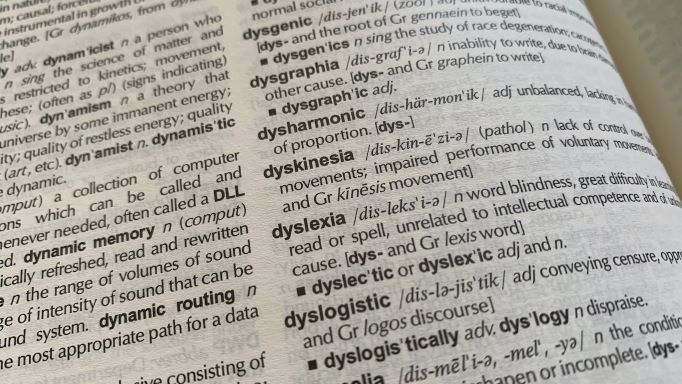As a disorder, dyslexia is mostly ignored around the world
Dropping out of school, having depressive episodes, having stress and worry, and having low self-esteem are all consequences of dyslexia.

According to the World Health Organization, 10% of the world's population suffers from dyslexia, which equates to around 700 million people. Dyslexia is one of the most frequent neurobiological learning impairments that is inherited, affecting different areas of functioning such as reading and writing performance, a circumstance that impacts academic performance in school-aged children and adolescents, as well as work performance in adults.
However, because dyslexia is an underdiagnosed disorder with unknown causes, it is difficult to estimate the number of dyslexics on the globe. It is an uncommon (common) condition. Practically, there are fluctuations between 5% and 10% throughout the world, but in truth, it would be lower than the latter figure, as there are people who talk about 8%.




